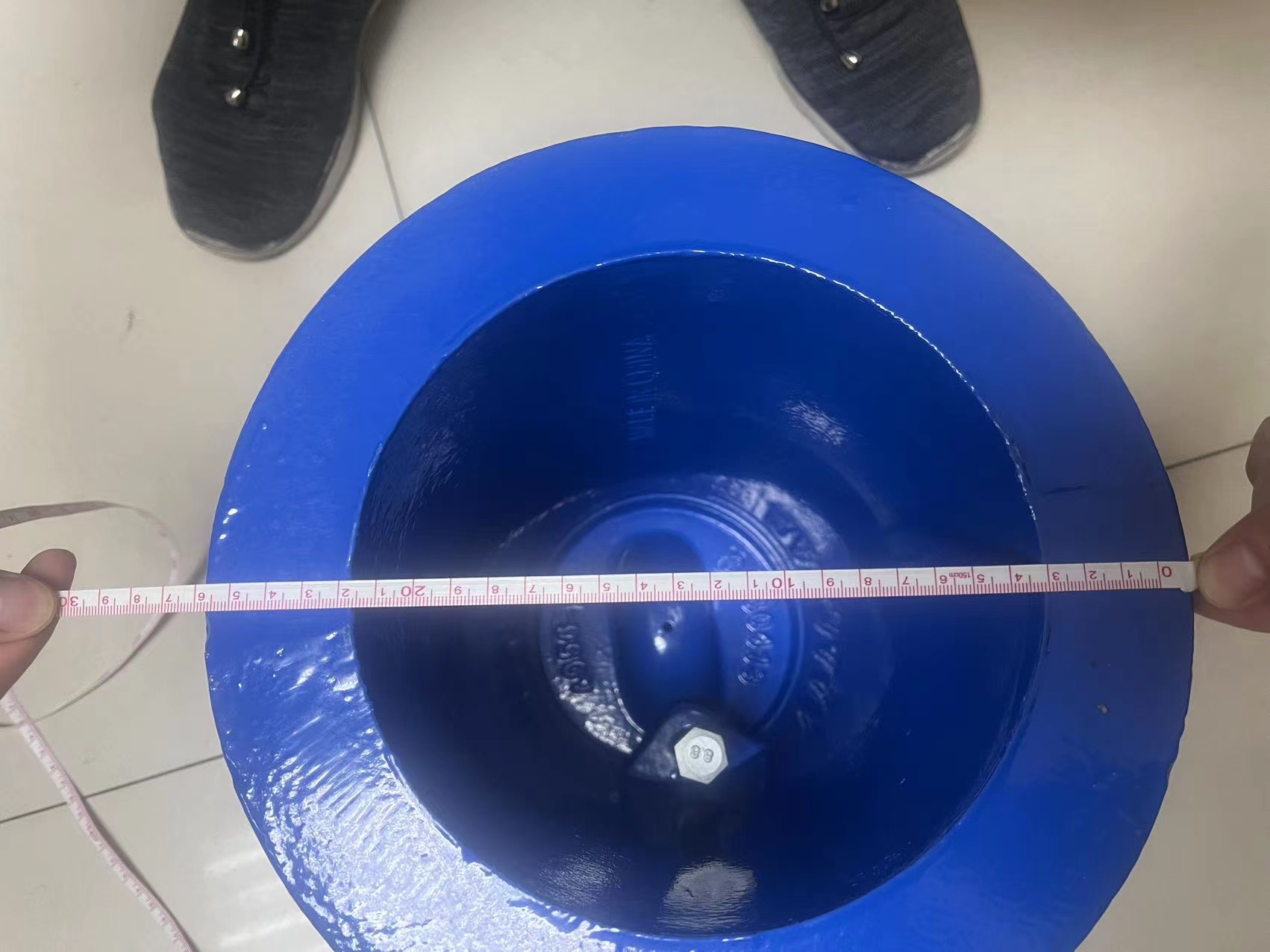Innovative Solutions for Drainage Covers and Frames Enhancing Safety and Functionality in Urban Infrastructure
Understanding Drainage Covers and Frames Essential Components for Efficient Drainage Management
Drainage systems are critical for managing water flow in urban and rural areas alike. Among the various components that constitute an effective drainage system, drainage covers and frames play a fundamental role. These components are not merely functional; they also contribute to safety, aesthetics, and environmental management.
What are Drainage Covers and Frames?
Drainage covers, often referred to as grates or lids, are installed atop drainage pits or channels to allow water to enter the system while preventing larger debris, animals, or people from accessing the drainage below. They are made from a variety of materials, including steel, cast iron, plastic, and concrete, chosen based on specific requirements of the project. Each material offers distinct advantages in terms of durability, load-bearing capabilities, and corrosion resistance.
The frame serves as the support structure for the drainage cover, holding it securely in place. These frames ensure that the covers remain aligned and can withstand the traffic of vehicles and pedestrians, providing both safety and functionality. In many cases, frames are embedded into surfaces, like roadways or sidewalks, to create a seamless transition that minimizes tripping hazards.
Importance of Drainage Covers and Frames
1. Safety One of the primary functions of drainage covers is to prevent accidents. Open drains can pose serious risks for pedestrians and vehicles. Well-designed covers can provide a smooth surface, reducing the likelihood of falls or missteps. Load-bearing covers are particularly important on roads, where they must withstand the weight of passing vehicles without collapsing.
2. Debris Management Effective drainage covers prevent large objects from blocking the drainage system, which can lead to clogs and localized flooding. By allowing only water and smaller debris to pass through, they help maintain the system’s efficiency and prolong its life.
3. Aesthetic Value In addition to their functional role, drainage covers can also enhance the aesthetic appeal of an area. Custom-designed covers can blend seamlessly with the surrounding architecture or landscape, showcasing creative designs and improving the overall look of public spaces.
drainage covers and frames

4. Environmental Protection Properly functioning drainage systems are vital for protecting the environment. They help manage stormwater runoff, reducing the risk of flooding and erosion while ensuring that water is channeled safely away from residential and commercial properties. Covers that allow for sedimentation to occur can also contribute positively to water quality by filtering out contaminants before they enter larger bodies of water.
Selection and Installation Considerations
Choosing the right drainage cover and frame involves several considerations
- Load Ratings It's essential to select products that can handle the expected weight and traffic. Load classification standards help in determining the appropriate specification based on usage.
- Material Selection Depending on the environment in which they will be used, the choice of material can affect longevity and maintenance. For instance, coastal areas may require materials resistant to corrosion due to salty air.
- Design and Fit Custom designs may be necessary, especially in historical districts or high-end developments. Ensuring that the covers fit securely in their frames is crucial for stability.
- Accessibility and Maintenance Drainage systems should be accessible for maintenance purposes. Covers that are easy to remove and replace will ensure that any necessary upkeep can be carried out efficiently.
Conclusion
Drainage covers and frames are indispensable components of any drainage system. They provide safety, protect the environment, and contribute to the aesthetic value of our communities. By understanding their importance and the factors involved in their selection and installation, we can ensure that our drainage systems function efficiently and effectively, safeguarding both our infrastructure and the natural environment. Investing in quality drainage covers and frames is not merely a matter of compliance; it is a commitment to safety, sustainability, and community well-being.
-
The Smarter Choice for Pedestrian AreasNewsJun.30,2025
-
The Gold Standard in Round Drain CoversNewsJun.30,2025
-
The Gold Standard in Manhole Cover SystemsNewsJun.30,2025
-
Superior Drainage Solutions with Premium Gully GratesNewsJun.30,2025
-
Superior Drainage Solutions for Global InfrastructureNewsJun.30,2025
-
Square Manhole Solutions for Modern InfrastructureNewsJun.30,2025
-
Premium Manhole Covers for Modern InfrastructureNewsJun.30,2025
